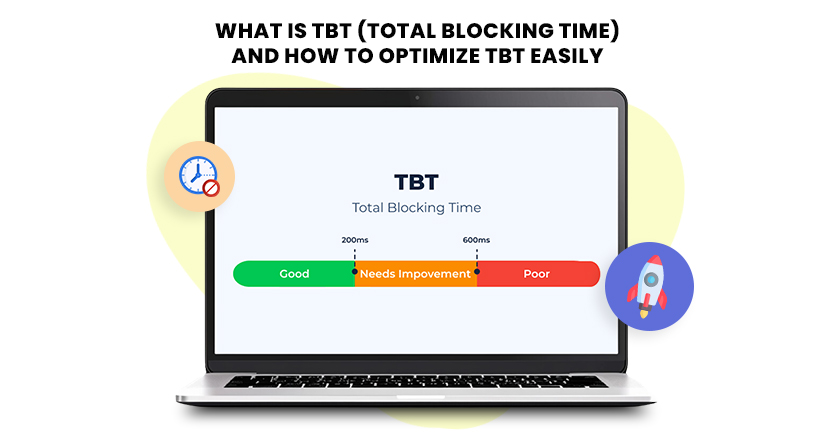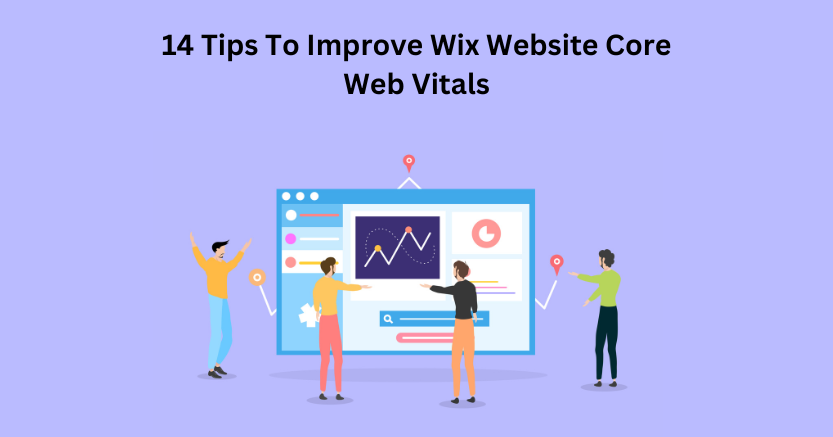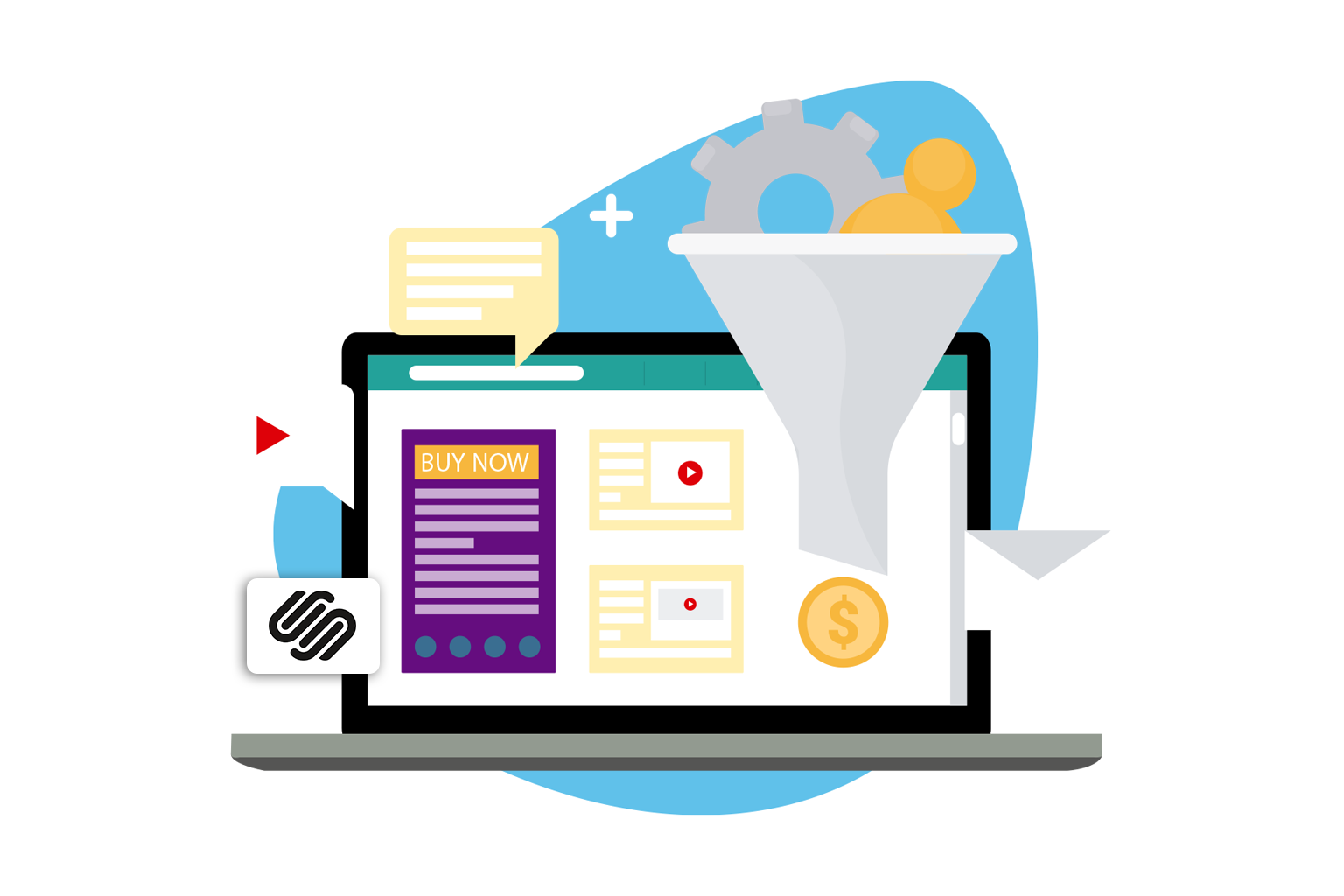Nobody wants to deal with a slow website.
If your site on Squarespace is just a little slow, it could be because of your images. Yes, do keep in mind, large, eye-catching photos might affect how your website performs.
Ever uploaded a beautiful high-res image you took and thought, “Wow, this looks amazing”? Yeah, your visitors probably never saw it—because they left before it finished loading.
Let’s break down why optimizing images for Squarespace matters, how to do it effectively, and what small changes can significantly impact your site’s speed, user experience, and SEO.
So, Why Image Optimization Matters for Your Website?
Notice the way we use the Internet nowadays. Phones, tablets, laptops, 5G, and let’s be honest—short attention spans. People will only wait around 2–3 seconds before they leave your page.
Slow websites don’t just annoy people. Google’s not a fan either. If your site is slow, it can lower your search rankings and drive visitors straight to a competitor.
That’s why image optimization is the secret sauce. Do it right, the site seems fast, organized and polished. Do it wrong, it seems like you are browsing the web from 2008.
Real Talk: What Happens If You Don’t Optimize?
Here’s what you’re really risking:
If your pages seem to be running a bit slow, fixing the size of your images might instantly give you a big result.
Image Formats: What You Should Be Using in 2025
JPG: Still your best bet for most photos. Compressed, small file sizes, good quality.
PNG: Great for graphics or images with transparency. Just know they’re bigger.
WEBP: This one’s the future. Smaller file size than JPG or PNG with the same (or better) quality. And yes Squarespace supports it.
GIFs: Only if it’s a meme. Otherwise, skip ‘em. They’re massive and slow everything down.
If possible, select WebP as your export format. Tools like Image Optimizer Pro can convert and compress images without sacrificing quality.
File Size: Smaller is Always Better (Under 500KB, Ideally)
Uploading 10MB images to your homepage? That’s a rookie move.
Squarespace automatically compresses images over 500KB, but that’s not an excuse to upload bloated files. Aim for under 500KB per image. If you really need detail, stay under 1MB—but only if you really need it.
Image Dimensions: Don’t Oversize What You Don’t Need
Another common mistake? Uploading giant images when they’ll only be displayed at 400px wide.
Rule of thumb:
- Banner or full-screen images: Around 2500px wide
- Gallery or content images: 1500px is plenty
- Thumbnails: 800px or less
Your camera takes 6000px-wide images. You do not need that on your website.
Squarespace Does Some Work for You (But Not All)
Here’s where Squarespace helps:
- Automatically resizes and compresses images for various screen sizes
- Supports lazy loading (so images below the fold don’t load immediately)
- Allows WebP uploads (finally!)
But here’s where you still need to put in work:
- Uploading properly sized and compressed images
- Naming files correctly for SEO
- Choosing the right format
So yeah—Squarespace gives you tools, but you still need to use them right.
Alt Text & File Names: For SEO and Accessibility
Look, we get it—naming your image “IMG_9337.jpg” is easy. But it’s not helping you.
Instead, use descriptive names like chicago-coffee-shop-interior.jpg. It helps search engines understand
your images and improves accessibility for screen readers.
Same goes for alt text. Add short, clear descriptions for each image. It’s good for SEO and makes your site more inclusive.
Bonus
Use Lazy Loading and Avoid Background Image Overload
Lazy loading is baked into Squarespace now, which means off-screen images don’t load right away. This helps speed things up fast. Just make sure your site doesn’t rely too heavily on huge background images—those can still hurt your load time.
Also avoid parallax scrolling with massive image files. It looks cool, but if it tanks your speed, it’s not worth it.
Best Tools for Image Optimization for Squarespace
Squarespace doesn’t compress images aggressively by default, so using external optimization tools can significantly improve load times and overall site performance. Here are a few handy tools to automate image compression:
Image Optimizer Pro
-
Tiny-IMG
-
Media Compressor
TinyPNG
Image Optimizer Pro offers advanced compression, automatic resizing, and WebP/AVIF conversion specifically tailored for Squarespace sites. It supports bulk optimization, preserves visual clarity, and improves overall site performance. The tool also includes intelligent file-size reduction, automatic sync with newly loaded images, ensuring images load quickly without manual effort.
Tiny-IMG is a simple compression tool that reduces file sizes without noticeably affecting quality. It helps prepare images before uploading to Squarespace, improving page speed and bandwidth usage.
Media Compressor provides efficient lossy and lossless compression options. It’s helpful for shrinking large image files quickly, making your Squarespace pages load smoothly and faster.
TinyPNG uses smart lossy compression for PNG and JPEG images, cutting file size significantly while keeping clarity. It’s ideal for preparing images for Squarespace galleries and product pages.
Let’s Wrap It Up—Fast
If your Squarespace site is running slow, start with your images. Seriously.
Optimize before you upload. Use the right file format. Keep sizes small. Use clear names and alt text. That’s it.
These changes don’t require coding, plugins, or developer help. It’s something you can do in less than an hour that will immediately improve your site’s speed and performance.
Because no matter how pretty your site looks—if it takes too long to load, no one’s going to stick around to see it.
FAQs
Q1: Does Squarespace automatically optimize all my images?
Not completely. Squarespace resizes and compresses images over 500KB and uses lazy loading—but it doesn’t choose the best format, resolution, or file name. You still need to prep your images before uploading for best performance.
Q2: Is there a downside to using WEBP images on Squarespace?
Not really. WEBP is supported by all modern browsers and reduces file sizes without sacrificing quality. Just double-check how your images render on Safari (older versions may not support it).
Q3: Can I bulk-optimize images before uploading to Squarespace?
Yes! Tools like Image Optimizer Pro let you compress and resize images in bulk in just one click. This saves tons of time, especially if you’re running a blog or portfolio.
Q4: What’s the difference between compressing and resizing?
- Resizing changes image dimensions (e.g., 3000px → 1500px).
- Compressing reduces file size without changing dimensions. For best results, do both.
Q5: Do background images need to be optimized too?
Definitely. They often get overlooked but can be some of the heaviest assets on a page. Resize them properly, compress them, and avoid using high-res images for simple background fills.















































